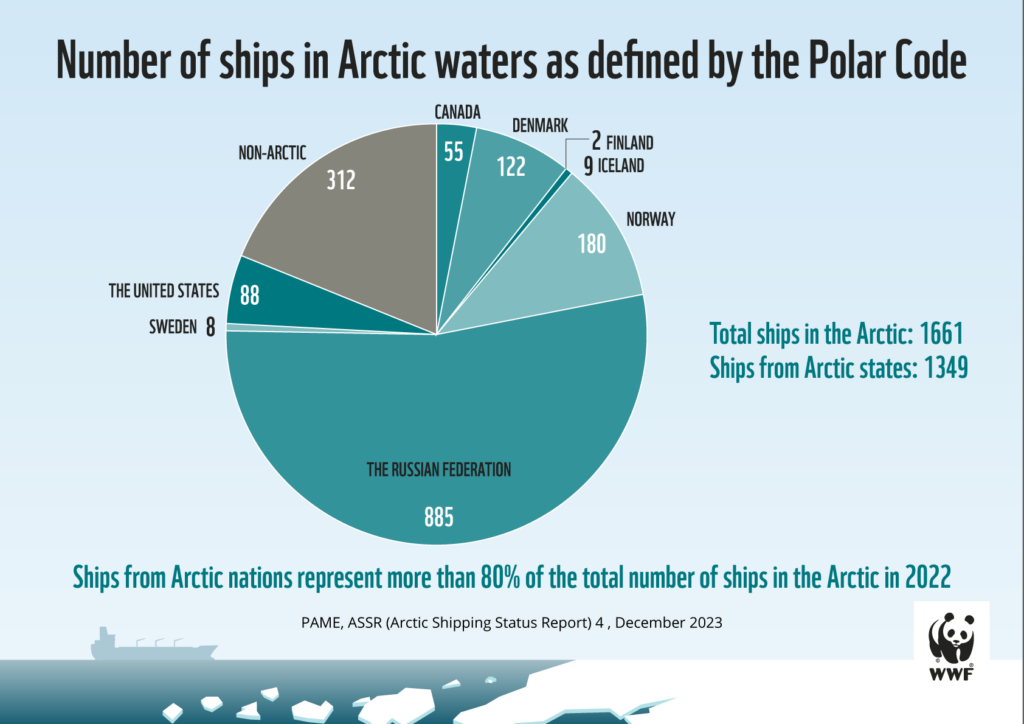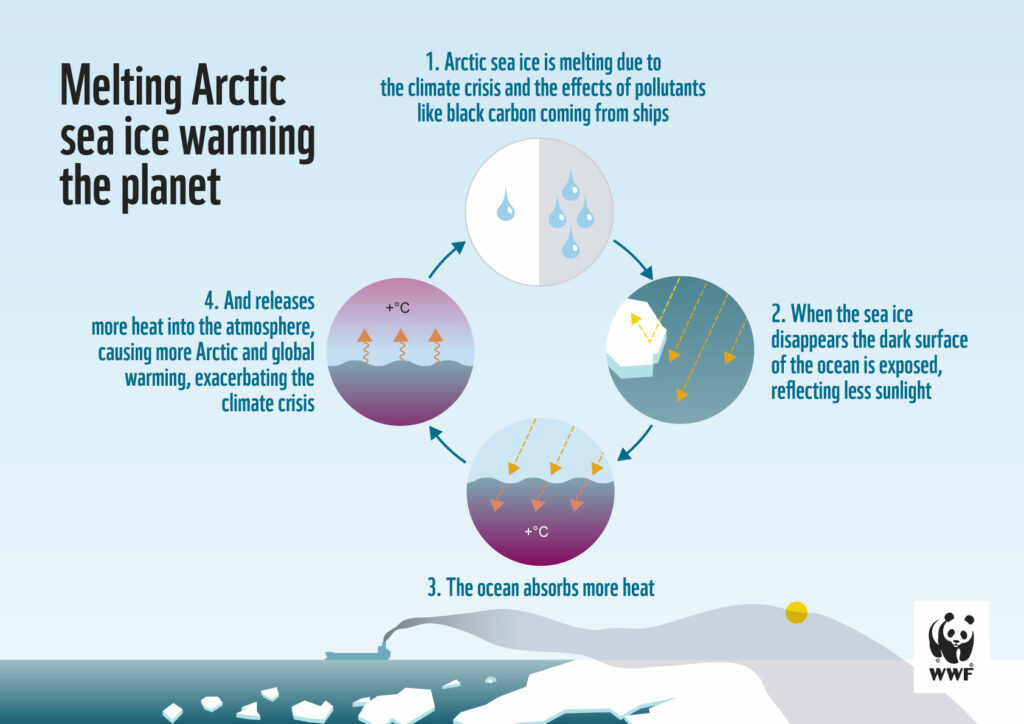© Martha de Jong-Lantink / Flickr
Features
Urgent action needed to combat Arctic pollution
- Governance
- Pan-Arctic
- Shipping
On February 19th, the member states of the International Maritime Organization (IMO) will gather in London to address shipping pollution and its prevention, reduction, and response.
The IMO will have an opportunity to take decisive actions to protect Arctic marine ecosystems from the risks of emissions of black carbon and the potential spills of heavy fuel oil (HFO). Both issues, while having different impacts, are interrelated. HFO is extremely difficult to clean up in case of accidents and oil spills. In addition, the combustion of HFO emits black carbon, a potent short-lived climate pollutant with multiple negative impacts for ecosystems and human health.
On July 1st, the IMO’s ban on HFO usage and carriage in Arctic waters will come into effect – a significant step towards a cleaner Arctic. Yet calling this measure a ban is misleading; The regulation has many loopholes and therefore does not adequately protect Arctic ecosystems from the risk of pollution.
For starters, there are exemptions, which will be in effect until 2029, for ships equipped with fuel tank protection, reducing the risk of leakage. In addition, ships carrying the flag of one of the five Arctic coastal nations – Russia, the largest user of HFO in the Arctic, followed by Norway, Denmark (Greenland), the United States (Alaska), and Canada – can all obtain waivers from their flag states when operating in their sovereign waters and the Exclusive Economic Zone. This is more than 80% of the number of ships in the Arctic based on data from 2022 (see illustration).

Moreover, the IMO and its Polar Code apply a narrow definition of Arctic waters, which in turn poses significant challenges for regulating shipping pollution in the region. The Polar Code Arctic definition excludes regions such as the coast of mainland Norway and Iceland, both situated above the Arctic Circle, where busy vessel traffic and the highest concentration of black carbon emissions are present.
It is clear that current HFO and black carbon regulations do not provide sufficient protection from shipping pollution in the region; meanwhile the shipping traffic in Arctic waters is increasing – 37% in the last 10 years according to data published by the Arctic Council. It is therefore important to limit the use of exemptions and waivers from the HFO ban, but also to look at further preventive measures.
After 13 years of discussions, the responsible IMO body should finalise the guidelines with measures to reduce emissions in their upcoming meeting. The amount of time taken from problem identification to the finalisation of the regulation is mind-boggling. However, these new guidelines will only be advisory. IMO should therefore promptly begin preparations for mandatory measures. These could include a mandatory switch of ships in the Arctic to the use of distillate fuels, development of an Arctic fuel standard, and a creation of a black carbon emission control area in particularly sensitive Arctic locations.
The Arctic is facing a climate crisis, warming nearly four times faster than the global average. This rapid change is causing the sea ice to melt, opening up new shipping routes. It is not just a future concern; it’s happening right now. Giving recommendations is not sufficient any longer.
The changing Arctic, its nature and people living here, require a decisive cleaning of Arctic shipping operation. It’s IMO’s responsibility to decisively respond to that call.

Graphic: Ketill Berger, ketill.berger@filmform.no / © WWF Global Arctic Programme